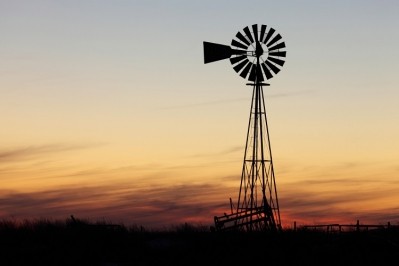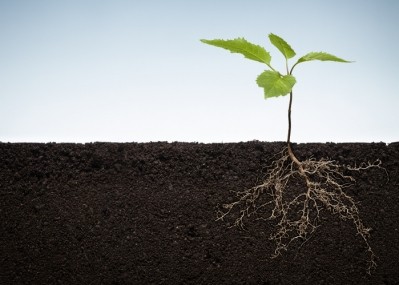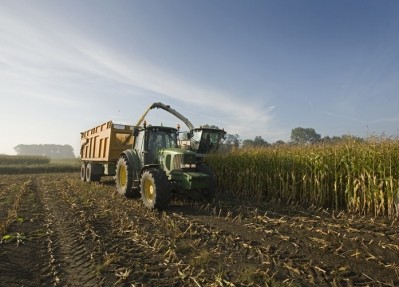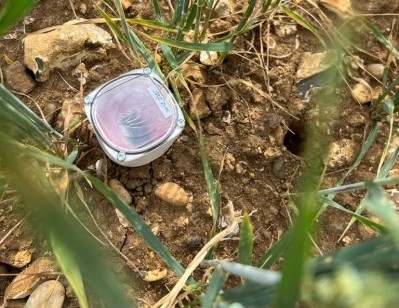Enhanced Rock Weathering: Indian start-up to explore market potential after fundraise
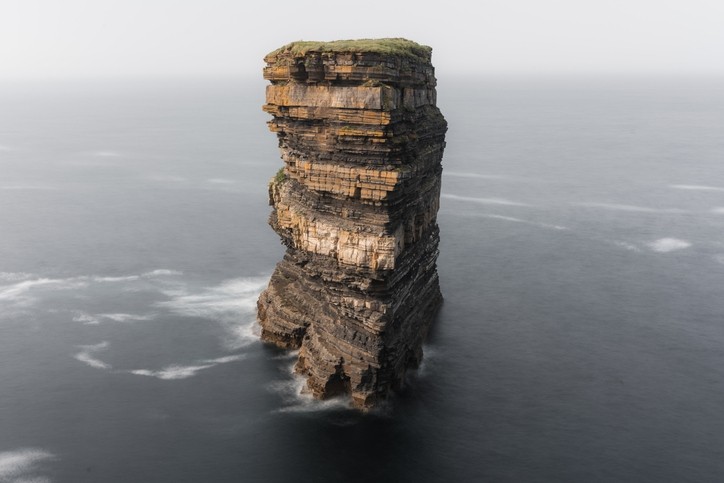
The company, which was founded in 2022, is helping smallholders to adopt sustainable practices. This generates carbon credits, which are sold to companies and governments worldwide, enabling them to meet their sustainability goals.
Varaha’s Measurement, Reporting and Verification (MRV) platform uses remote sensing, machine learning and scientific research to quantify the sequestration and reduction of greenhouse gases from regenerative agriculture, afforestation and biochar projects. These projects also enhance productivity, boost crop yields, save water, increase biodiversity and raise climate adaptation, the company said.
Varaha has so far enrolled over 700,000 acres of land across India, Bangladesh, Nepal, and Kenya. It works with more than 100 partners across these geographies to onboard smallholder farmers, with plans to increase this number by 4X in the next 12-15 months.
Varaha has already contracted and sold more than 230,000 of high-quality, science-backed carbon credits. Customers include some of the largest marketplaces in the world, such as Klimate in Denmark, Good Carbon in Germany, Carbon Future in Switzerland, ‘top-tier’ companies in Europe, with strong interest also coming from financial institutions and tech companies across the UK and US.
The company recently announced it raised US$8.7 million, led by RTP Global. It marked the inaugural investment by Norinchukin Bank, one of Japan's largest institutional investors, in an Indian startup. It comes just a year after Varaha raised a seed round of US$4 million.
With the funding, Varaha will increase its geographic presence in Southeast Asia and Sub-Saharan Africa and bolster tech and scientific capabilities. Beyond regenerative agriculture and afforestation, Varaha is converting agricultural residue into biochar, a material that locks carbon away permanently for thousands of years while enhancing soil fertility.
One new technology it is looking to leverage is Enhanced Rock Weathering (ERW). “We started with focusing primarily on regenerative agriculture, which increases soil organic carbon,” Madhur Jain, Co-Founder and CEO of Varaha, told AgTechNavigator. “We then expanded into ARR – afforestation, reforestation, revegetation – and biochar. Since our focus is to maximise value at the farm in terms of carbon sequestration and enhancing soil fertility, we are adding enhanced rock weathering to our portfolio too.”
Why is ERW attracting enthusiasm?
ERW is a technique aimed at mitigating climate change by accelerating the natural process of mineral weathering. The process involves the application of finely ground rock materials, typically basalt, to terrestrial surfaces such as agricultural fields or degraded land. This is done to increase the rate at which minerals in the rocks react with carbon dioxide (CO2) from the atmosphere, converting it into dissolved bicarbonates.
One primary goals of enhanced rock weathering is carbon dioxide removal. By enhancing the weathering of minerals, carbon is sequestered in a stable form, reducing the concentration of CO2 in the atmosphere.
The second is soil improvement. The addition of crushed rock materials can improve soil fertility by providing essential nutrients, such as calcium and magnesium. This can benefit agricultural productivity and ecosystem health.
“It allows us to add more value to the farmland and farmers, in terms of soil improvement, and lock away more carbon from the same land asset,” continued Jain. “It enables us to also offer a more diversified portfolio of carbon offerings.”
He added that from the market point-of-view, ERW is attractive since it is highly permanent, it is claimed, locking away carbon for over 10,000+ years. “When spread on fields, ERW enhances agricultural productivity, restores degraded soil, and reduces need for fertilisers.” Numerous peer-reviewed studies published in top journals such as Nature have already confirmed the ERW efficacy, he added.
Elaborating on how the company will work to leverage the exciting possibilities of ERW, Jain said: “We have identified a couple of regions in India, where we will be piloting a nature-based carbon sequestration project utilising ERW in collaboration with smallholder farmers. We will procure, crush, distribute and spread basalt rock on agricultural fields, which will sequester carbon from the atmosphere. We will quantify the carbon removals and sell the resulting credits, then redistributing revenue from the sale with the farmers.”
He added that while soil organic carbon (SOC) projects provide a much larger-scale opportunity for sequestering carbon, it is piloting opportunities to bundle its SOC projects with other innovations such as ERW.
He also stressed that biochar remains a promising carbon removal and resilience solution. Biochar is a condensed carbon compound produced from organic materials through a process called pyrolysis. Pyrolysis involves heating these organic materials in the absence of oxygen, which prevents combustion and instead breaks down the material into a carbon-rich char.
Varaha listed biochar’s potential uses and benefits:
- Carbon Sequestration: By locking carbon in the soil, biochar helps to mitigate climate change by reducing the amount of carbon dioxide in the atmosphere. It acts as a carbon sink, sequestering carbon in the soil highly permanently.
- Soil Amendment: Adding biochar to soil can improve soil fertility, structure, and water retention. Biochar can also enhance soil microbial activity, leading to better nutrient cycling and plant growth.
- Waste Management: Biochar production can utilize organic waste materials that might otherwise be disposed of in landfills or burned, reducing waste and potentially generating energy during the pyrolysis process.
He also gave us more examples of the kinds of carbon credits Varaha has created. “We started with regenerative agriculture, which is the core of our business today. Regenerative agriculture is a holistic approach to farming that increases soil organic carbon, increases soil fertility and therefore farmer productivity and income, saves water, secures food security and increases biodiversity. Our main project in regenerative agriculture is in the Indo-Gangetic Plains. The project employs regenerative agriculture practices such as reduced tillage, Direct Seeding of Rice, crop residue management, crop rotation, and use of cover crops.”
Meanwhile, the company has cited Morgan Stanley estimates that the voluntary carbon offset market is projected to reach US$250 billion by 2050. But carbon markets are facing criticism for a lack of transparency, accessibility and quality.
What’s key to ensuring quality and transparency in the carbon credit market?
Jain listed the following:
- Standardisation: Establishing clear, widely accepted standards for carbon credits helps ensure consistency and comparability across different projects. For this reason, we at Varaha are working with the largest, most credible global registries and standards such as Verra.
- Verification and Certification: Independent verification and certification by reputable third-party auditors are crucial. All Varaha’s projects undergo a third-party audit, which is required by the carbon registries.
- Robust science for high quality: We leverage data science, modelling, satellite imagery, software engineering, and machine learning to measure the reduction in GHG emission and GHG sequestration that takes place due to our interventions at the farm level. Our MRV therefore provides traceability and transparency to both the buyer and the auditor, since both parties can trace back the agricultural practice to every farm in every year.
- Stakeholder Engagement: In our experience, involving stakeholders, including local communities, in the development and implementation of carbon offset projects fosters transparency, accountability, and social acceptance. For this reason, we work closely in partnership with local organisations for on-ground implementation.
